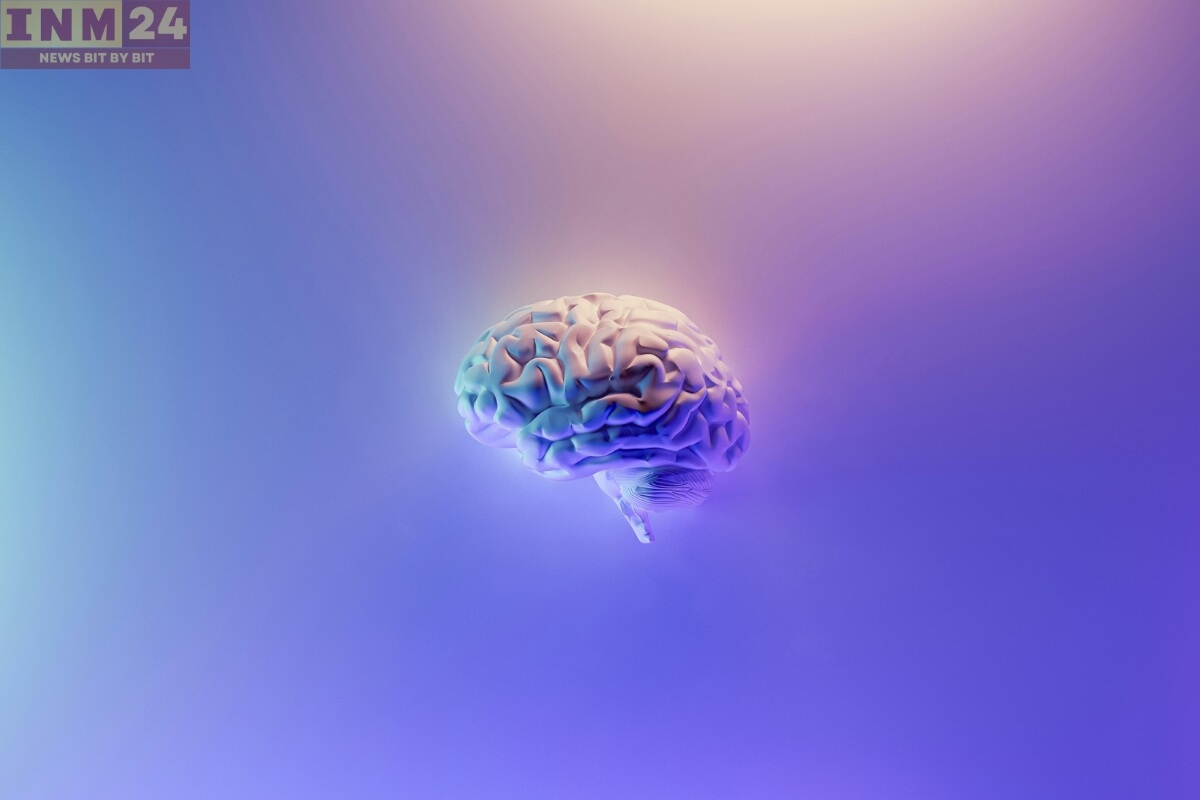In the realm of education, there exists an age-old quest to enhance learning outcomes and foster a more effective educational experience for students. Recent advances in neuroscience have provided a promising avenue for achieving this goal. By delving into the intricate workings of the human brain, educators are discovering valuable insights that have the potential to transform educational practices and methodologies.
Unveiling the Brain’s Role in Education
The brain, with its billions of neurons and complex neural networks, is the seat of learning and cognition. Understanding how it functions—how information is processed, stored, and retrieved—holds the key to unlocking the full potential of education. This knowledge allows educators to tailor their teaching methods to align more closely with the natural processes of the brain, thereby optimizing learning experiences for students.
One of the most significant revelations from neuroscience is the concept of neuroplasticity—the brain’s remarkable ability to reorganize itself in response to new experiences. This phenomenon underscores the importance of providing students with varied and engaging learning opportunities. By incorporating diverse instructional techniques, such as hands-on activities, collaborative projects, and multimedia presentations, educators can stimulate different regions of the brain and facilitate deeper learning.
Moreover, insights from neuroscience shed light on the role of emotions in the learning process. Emotionally charged experiences are known to have a profound impact on memory and cognition. Therefore, creating a positive and supportive learning environment is essential for promoting effective learning outcomes. Educators can harness this knowledge by fostering a sense of belonging, encouraging curiosity, and providing meaningful feedback to students.
Harnessing Neurodiversity in Education
Another area where neuroscience informs educational practices is in understanding individual differences in learning styles and abilities. Every student is unique, with their own strengths, weaknesses, and preferred ways of learning. By recognizing and accommodating these differences, educators can personalize instruction to meet the diverse needs of their students. This might involve incorporating visual aids for visual learners, providing opportunities for kinesthetic exploration, or offering alternative assessments for students with different learning profiles.
Furthermore, neuroscience offers valuable insights into the importance of sleep, nutrition, and exercise in supporting cognitive function and academic performance. A healthy lifestyle, characterized by sufficient sleep, balanced nutrition, and regular physical activity, is essential for optimal brain health and learning readiness. Educators can promote these habits by integrating wellness practices into the school curriculum and promoting a culture of well-being within the school community.
The intersection of neuroscience and education holds immense promise for revolutionizing educational practices. By leveraging our understanding of brain function, educators can design more effective teaching strategies, create supportive learning environments, and tailor instruction to the individual needs of students. As we continue to unravel the mysteries of the brain, we move closer to unlocking the full potential of education and empowering students to thrive in an ever-changing world.
